YalaTech Electronic Shelf Label features anti-collision, dust-proof, water-proof, with easy-to-use enterprise grade software and cloud solution.
It is the most cost effective digital shelf label solution to accelerate the digitization of physical commerce. This simple and effective solution can be easily integrated into existing IT system, helping businesses to establish an Internet of Things (IoT) infrastructure that grants pricing automation and enhances shopper experience.
YALATECH has developed a wireless IoT platform consisting of hardware and software, which form a unique and revolutionary electronic shelf label system.
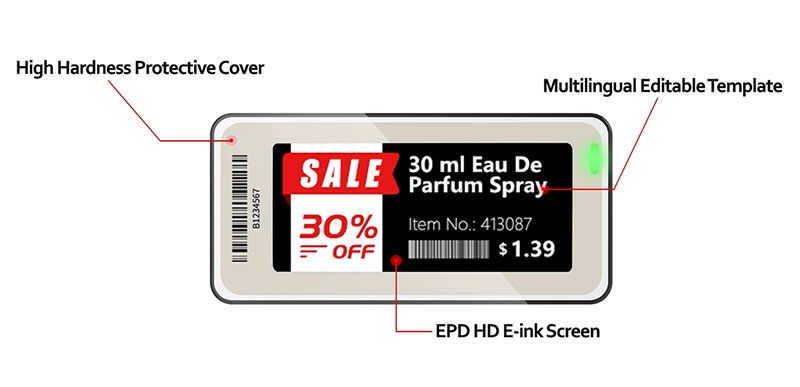

1.1. Electronic shelf label workflow
A complete electronic shelf label system consists of 4 main components: server, base station, electronic shelf label and mobile terminal.
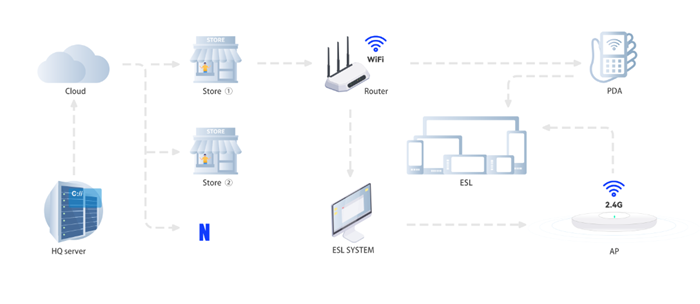
2. Main technology of hardware
2.1. Anti-collision \ dust \ waterproof
The durability of the electronic price tag also directly affects the service life of the product itself. Our products are anti-collision, dust-proof and waterproof, so that they have the conditions for long-term use in retail environments.


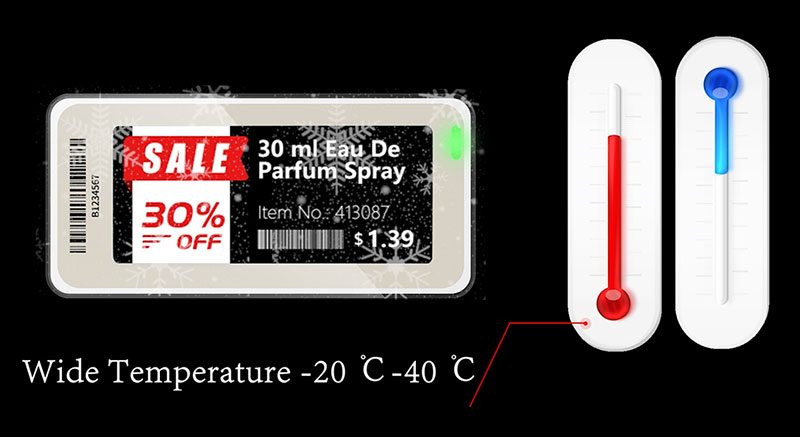
2.3. Principle of efficient work
2.3.1 Update speed
The data transmission speed of the base station increases exponentially. With this feature, you can manage prices in real-time during store hours, resulting in more sales and profits, and less food waste. Please see the diagram below

2.3.2 Millisecond Response
According to the intelligent frequency regulation algorithm, the ESL will actively predict the time when the price may change according to the daily transmission frequency of the base station, and actively wake up the sleep state to achieve millisecond-level response. Please see the diagram below

Note: Orange is awake state, gray is sleep state
2.3.3 The third generation compression algorithm
Under the premise of not sacrificing the display quality, the transmission image compression rate is as high as 70%-75%. Compared with the old generation, the file transmission efficiency is improved by more than 200%.
2.6 Private communication protocol
2.6.1 Zigbee Private Protocol
The main features of this technology are low power consumption, low cost, short delay, high capacity, high security, support for a large number of online nodes, support for multiple network topology, low complexity, high speed, reliability, and security.
2.6.2 Multi-base station ad hoc network
When the ESL tag is re-pushed, it will be bound to the base station of the last network by default. When the base station is abnormal, the system will start the self-organizing network mechanism, start other base stations under the account, and take turns to find the closest distance to the ESL tag, and the one with the strongest signal, then complete the data push. The following figure shows the process of the entire multi-base station ad hoc network.

2.6.3 RF channel
The electronic shelf label is designed with 80 selectable channels, thus avoiding any potential channel collisions. Check out the two comparison charts below.

RF channel of Bluetooth and wifi
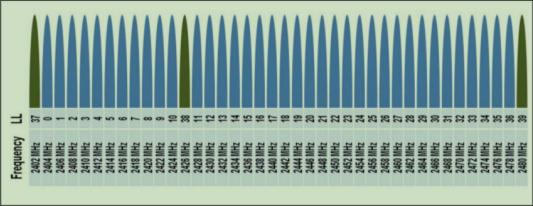
RF channel of YALATECH ESL
2.8 Four Mechanisms of Base Station
2.8.1 Broadcast Mechanism
After the base station is connected to the cloud system, once there is an instruction of data transmission, the broadcast will be started within the coverage area, and the ESL tags will enter an active state after receiving the broadcast, and receive data or instructions. This process completes the broadcast to find the price ESLs.
2.8.2 Wake-up Mechanism
The base station wakes up the ESLs through the broadcast mechanism. After the ESL receives the broadcast, it enters an active state to receive instructions or data from the base station. The self-wake-up of the ESL is based on the base station frequently waking it up at a certain time of the day, or if the update task is preset, it will wake up automatically at that time.
2.8.3 Heartbeat mechanism
The ESL is normally in sleep mode and wakes up after a certain time. The heartbeat status is changed every time the update task is performed. If the update task is not performed within 24 hours, the heartbeat status will be actively reported. The time interval at which the ESL wakes up can be changed by burning the firmware.
2.8.4 Two-way communication mechanism
The base station supports bidirectional communication between itself and the ESLs. This means infrastructure cost savings and no need to install hubs. The communication between the base station and the ESLs includes command mutual transmission, data distribution, heartbeat status, etc.
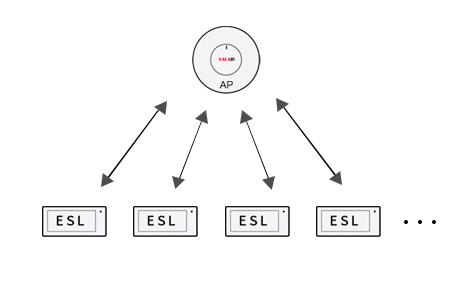
3 YALATECH ESL Cloud Platform

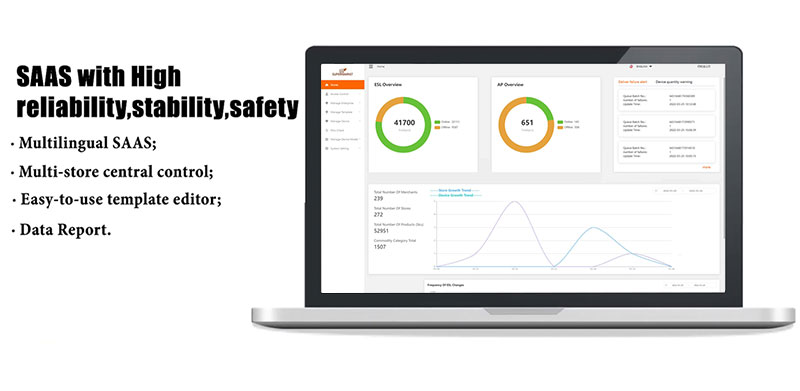
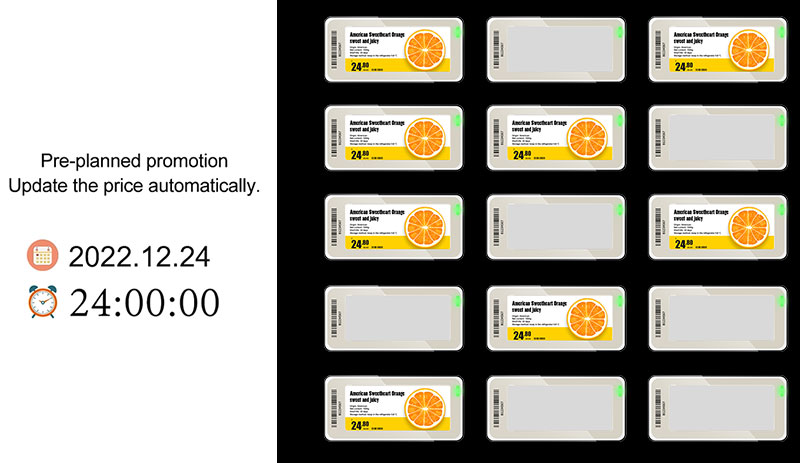
Know more about our technology from Yalatech ESL Solution Technical White Paper












